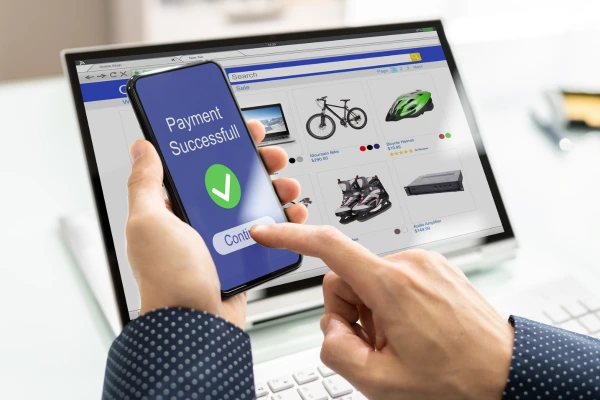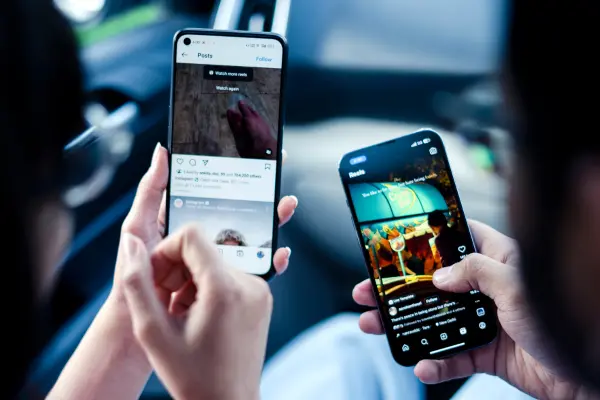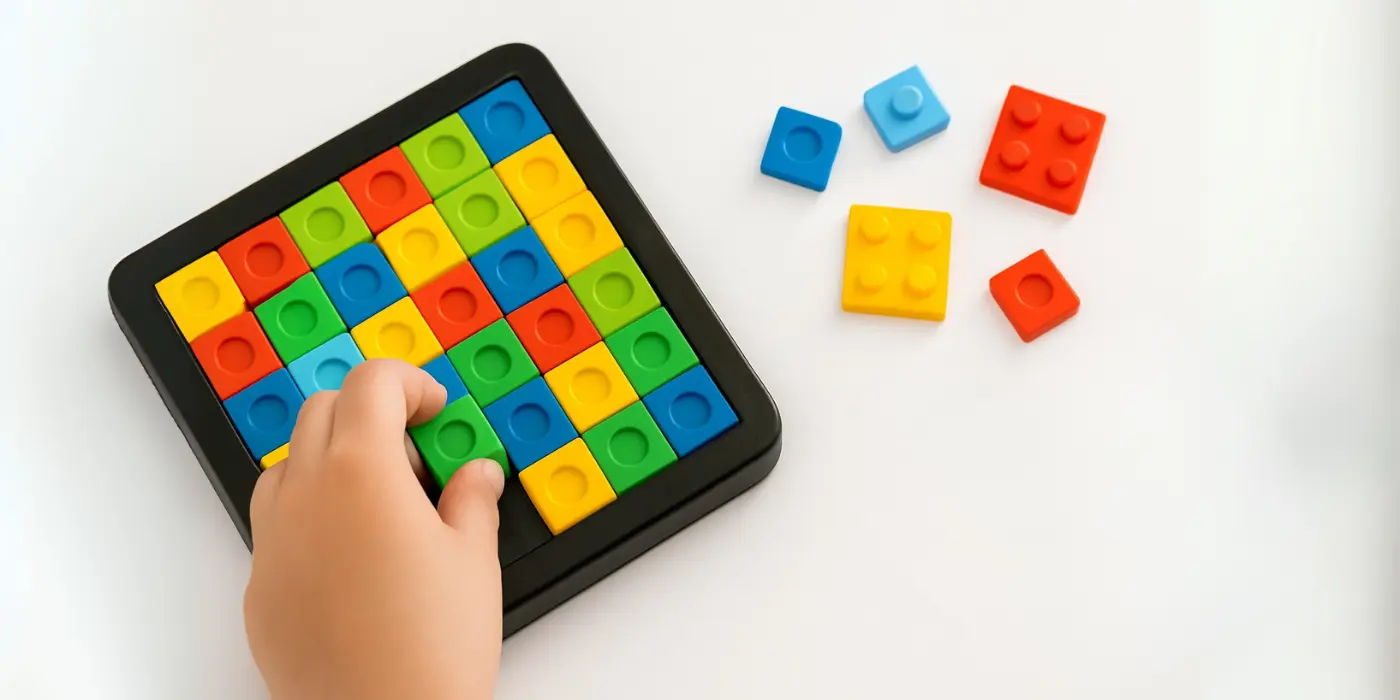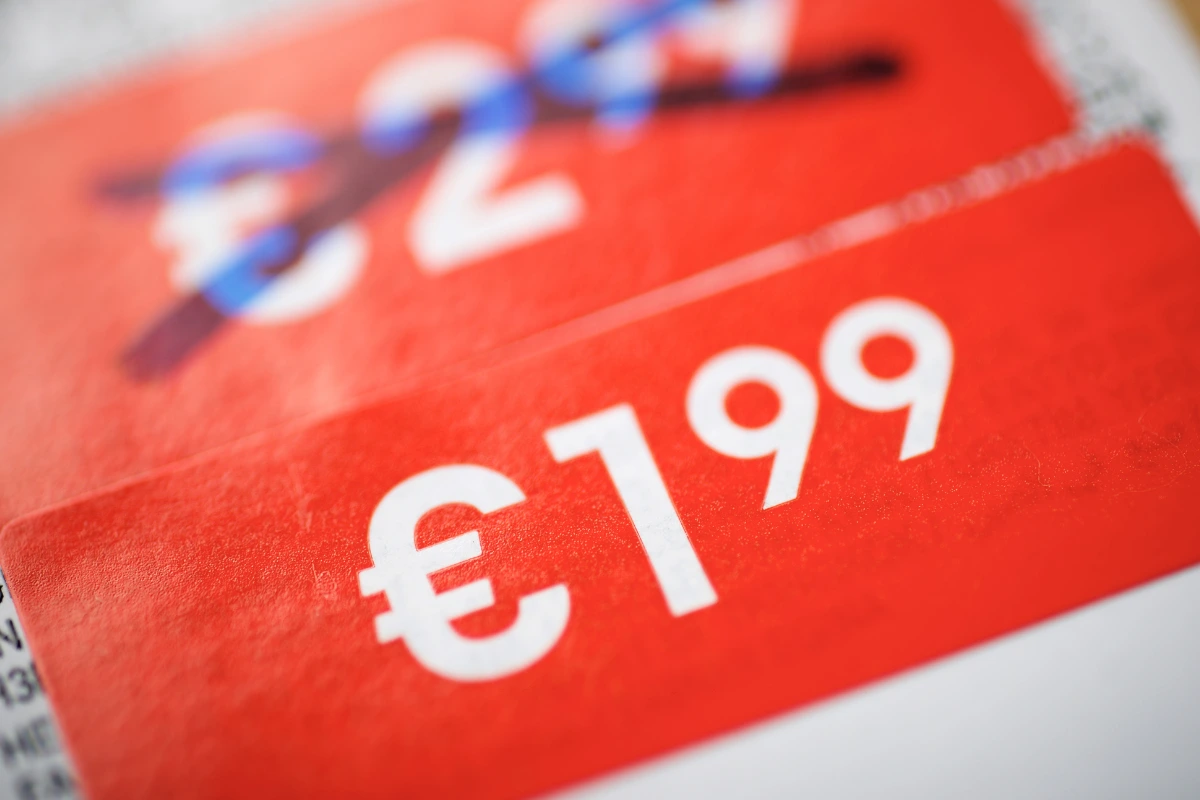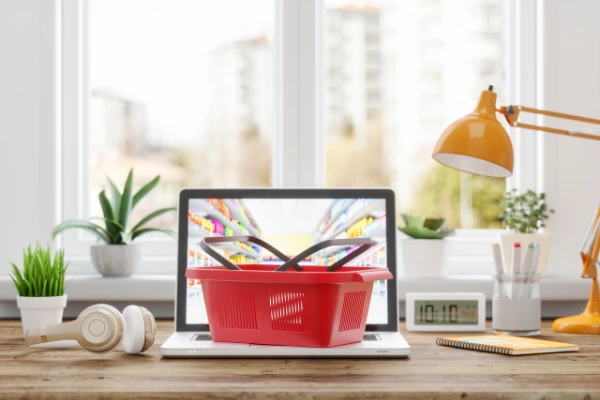A well-designed online shop is not just about aesthetics. It is primarily about user convenience – easy navigation, fast website performance, clear descriptions and attractive photos. In the world of e-commerce, where competition is just a click away, it is UX (user experience) that determines whether a customer will stay on the website and make a purchase or choose a competitor. So how can you improve UX in your online shop to increase conversion and customer loyalty?
Intuitive navigation
The customer's first impression is often the moment when they try to find a product they are interested in. If the shop has a complicated menu, too many categories or an unclear division, the user will quickly become discouraged.
Good navigation should be simple and predictable. Categories must be arranged logically, and the search engine must work efficiently – with suggestions and the ability to filter results. It is also worth taking care of the so-called breadcrumbs, which show the customer where they are currently located in the shop structure. It is a small element, but it makes orientation much easier.
Website speed – seconds that matter
Every additional second of page loading time reduces the chances of a purchase. Customers accustomed to the instantaneous response of mobile applications have no patience for slow online shops. According to research, a delay of 1 second can reduce conversion rates by up to several per cent.
That is why optimising the speed of your shop is essential. It is worth ensuring that images are compressed, scripts are lightweight, hosting is efficient and cache technology is implemented. Mobility also plays a key role – more and more customers are shopping on smartphones, so your website must run smoothly on every device.
Product photos – selling through the eyes
Online shopping has one significant disadvantage: customers cannot touch or see the product in person. That is why photos become a key element of the shopping experience.
Professional photographs from different angles, the ability to zoom in on details, and even photos in context (e.g., furniture in a furnished room, clothing on a model) significantly increase the chance of a purchase. It is also worth investing in short product videos – dynamic presentations that show how the product looks in everyday use.
Product descriptions – clear and specific
Photos attract attention, but descriptions convince customers to buy. Customers want to know the product's specifications, what it is made of, what it is suitable for, and what benefits it offers.
A good description combines facts and emotions. It should contain detailed technical information, but also language that shows how the product solves the customer's problem. Clarity is important – short paragraphs, lists of features and highlighted key information make the description easy to read.
Smooth purchasing processes
Even the best-designed shop can lose a customer at the last minute if the purchasing process is too complicated. Forms should be as simple as possible – only the most important fields, clear error messages and the option to pay without registering.
It is also worth ensuring that delivery costs are transparent. Nothing irritates customers more than hidden fees that only appear at the end. Transparency and simplicity are the foundation of good UX in the shopping basket and checkout.
Trust and safety
Customer experience also includes a sense of security. An SSL certificate, clear return and complaint policies, and visible contact details increase trust in the shop. It is also worth highlighting customer opinions – reviews and ratings build credibility and help in making decisions.
UX in e-commerce is not just about the aesthetics of the website, but the entire customer experience – from the first click to the finalisation of the transaction. Intuitive navigation, fast store performance, professional photos and well-written product descriptions can significantly increase conversion and buyer loyalty.
In a world where customers can switch to a competitor in seconds, paying attention to UX is not a luxury, but a necessity. A shop that focuses on user convenience gains a competitive advantage and a better chance of long-term success.
